10 Top Tips for New Hillwalkers
New to hillwalking? Check out these top tips to start you off in the right direction. 1. Love your feet Getting the right footwear is possibly the most important factor in determining the success of your hillwalking career. For tracks and low level routes when you might have only a light pack, then lightweight flexible…
Smarter Navigation – Top Tips for Trouble Free Navigation in poor visibility
Being able to navigate accurately in the mountains in all conditions is one of the most important skills you can learn as a hillwalker. Mountain Rescue teams are regularly called out to hikers who have become disorientated by poor visibility in the mountains. Always carry a map and compass, and have the skills to use…
Using the Five D’s in a Navigation Strategy
Long established with trainers and mountain professionals alike, using the five D’s at the beginning of each navigation leg, particularly when first learning these vital skills, ensures that no essential information is missed and adds structure to our decision making process when navigating in the mountains. Mountain navigation is often complex and difficult, with steep…
Contours and Contour Interpretation
Understanding contours and being able to interpret the shapes they make on a map is a very powerful navigational tool. However, all too often contour interpretation is overlooked in favour of more obvious features such as streams and forests. An experienced and competent navigator will look at the contours early in the process and use…
Taking and following a compass bearing from the map
Before being able to take an accurate compass bearing it is essential to understand the relationship between True North, Grid North and Magnetic North. The Three Norths Grid North Grid North is the navigational term for the northward projection of the north-south gridlines on a map. In Ireland it lies to the east of both…
5 Top Tips for Navigating with an Altimeter
Many of us have an altimeter as an integral part of our mountain watches, but how many of us know the skills of navigating with an altimeter? Here are 5 tips on how to use an altimeter as a navigation tool. Before we begin however, a note of caution, altimeter watches rely on barometric pressure…
Natural Navigation – How to find your way using the natural world around you.
It’s a cliché to say we have become reliant on technology, and we certainly need a map and compass, and perhaps a GPS system, to find our way around unfamiliar hills. But how did our ancestors find their way around, and what natural features did they use to navigate across the land in times gone…
Relocation Techniques in Navigation
One of the most important navigation skills is being able to relocate yourself when you have become ‘lost’ or more correctly, ‘temporarily misplaced’. Having the relocation techniques to deal with such a situation is a key element in being a competent navigator. Firstly, do not panic. Stay calm and stay where you are. Many people,…
Autumn essentials – cold weather gear for the hills
Autumn is definitely upon us, the clocks go back at the end of his week, reducing the amount of available daylight in the evenings. Despite the gathering gloom and the cooler days, autumn also brings with it some great opportunities for the hiker and mountaineer. The quality of the light becomes magical, and the golden…
Hill Skill Series – Understanding grid references
A grid reference is a series of letters and numbers that defines a unique square on a map, the more digits used the greater the accuracy and the smaller the square. Every country has its own unique grid, the lines are aligned north-south and east-west, forming a series of squares. In Ireland the grid is divided into squares 100…
Hill Skills Series – Navigation; setting the map
Setting the map is a fundamental navigational skill that all competent mountain navigators should be familiar with. When you open out a map, you intuitively hold it rather like a newspaper, so the writing can be read the correct way up. The straight lines you see running up and down the map are the north/south grid…
20 Top Tips for trouble free navigation
Accurate mountain navigation in misty conditions is one of the most important skills you can learn as a hillwalker. Mountain Rescue teams are regularly called out to hikers who have become disorientated by poor visibility in the mountains. Always carry a map and compass, and have the skills to use them. However, even the best navigators…
Why do a Mountain Skills course?
More and more of us are taking up hiking as a way of getting fitter, enjoying the fresh air, (a moot point perhaps when it’s grey and raining), meeting like-minded people and exploring the natural environment. For some, heading out into the mountains for the first time can seem daunting, and it can be reassuring…
Hill Skills Series – Navigation – a basic 3 step strategy for relocation when temporarily lost in the hills
It’s important when out in the hills to know where you are at all times. That seems pretty obvious, but unfortunately it is often ignored when hiking through open and mountainous terrain. Navigation is essentially about getting from A to B, but unless you know where A is then how can you find B? If,…
Hill Skills Series – 8 Tips For Successful Night Hiking
As the nights draw in and the available daylight hours decrease, there is an increasing risk of having to finish your hike in the dark. Or on the other hand, maybe you want to try a bit of hiking after nightfall? Either way, hiking at night is a completely different experience, your perception of height…
